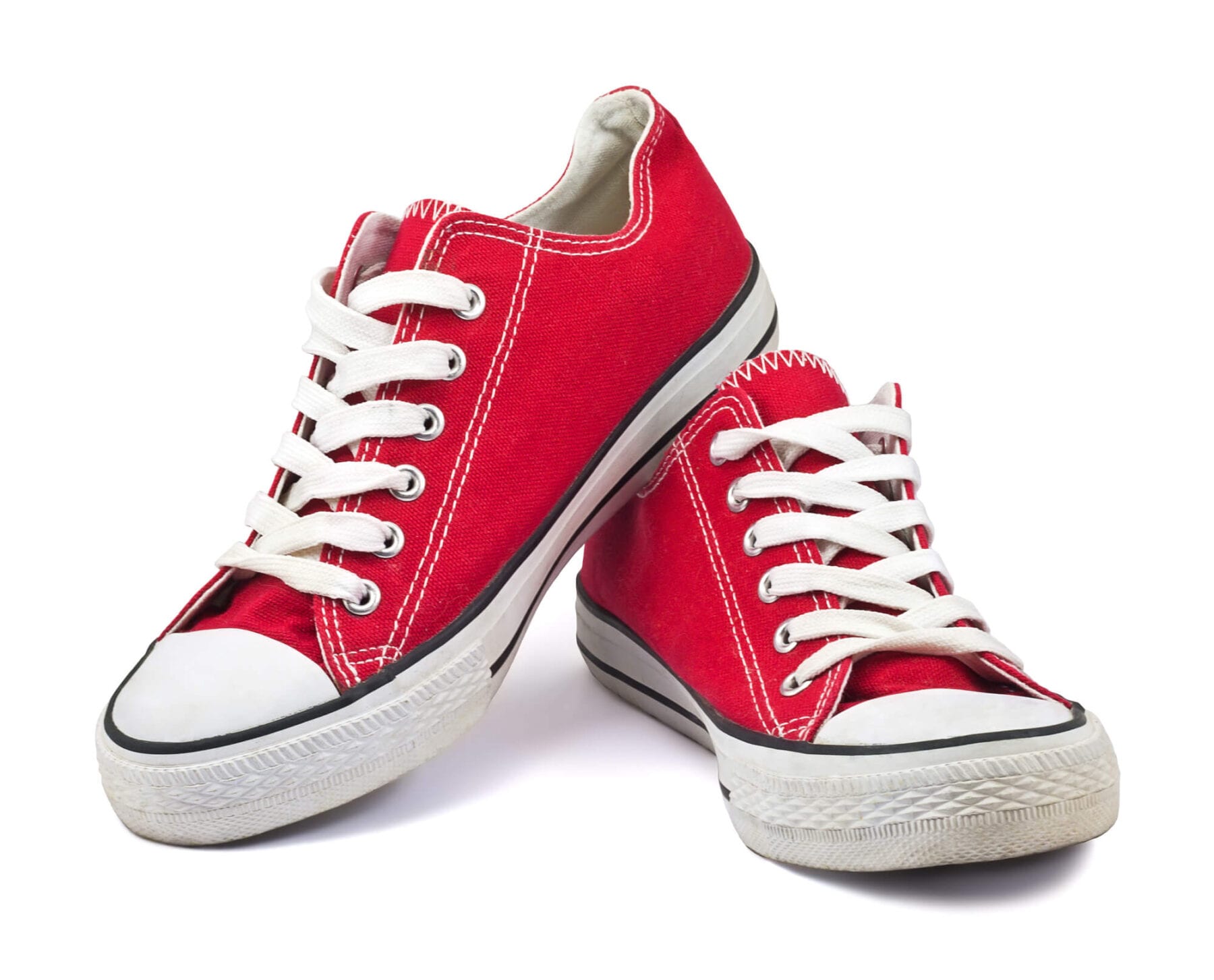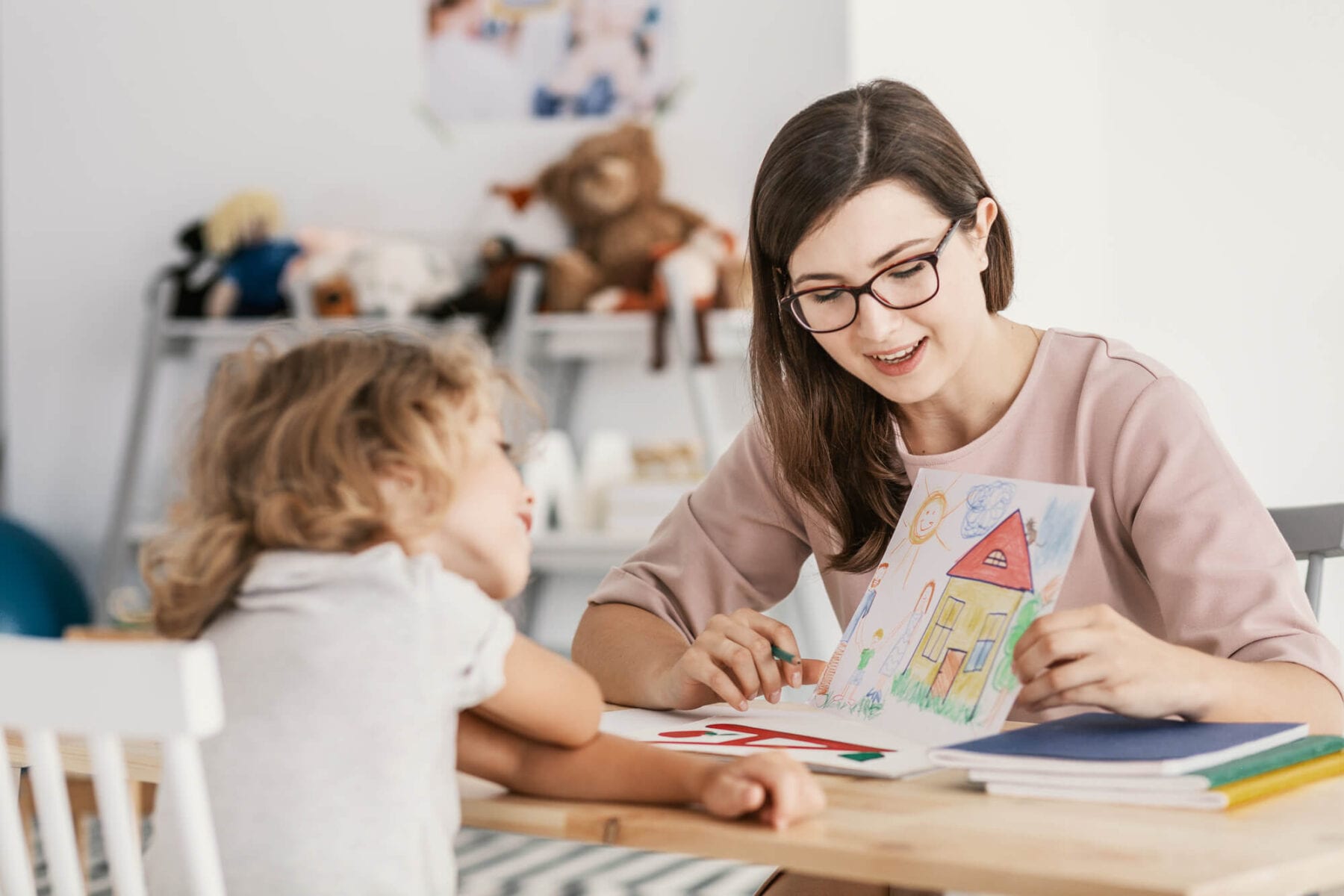One of the many challenges children with autism face is wearing shoes. Due to sensory issues and other factors, they may find it difficult to put on shoes and keep them on their feet.
Here are some tips on how to make wearing shoes easier for your autistic child.
Why Autistic Children Have a Hard Time with Their Shoes
Children with autism spectrum disorder are often reluctant when it comes to wearing shoes. Several factors may contribute to this particular challenge:
Sensory issues
One of the main reasons for foot discomfort in autistic children is sensory processing disorder, a condition often associated with the diagnosis. Children with autism regularly experience hypersensitivity to various elements in their environment, including clothing and shoes.
Foot pain
Foot pain may be another cause of your child’s hesitance to wear shoes. It can result from injury, physical conditions like the size and shape of feet, some medical conditions, or the use of an ankle-foot orthosis. You should consult your child’s occupational therapist or health professional if you suspect your child might have foot pain.
Dealing with stress
Many children with autism have difficulties learning to tie their shoelaces due to fine motor skill delays. As a result, putting their shoes on can become a stressful experience that triggers meltdowns and further increases their reluctance to wear shoes.
How Do You Get an Autistic Child to Keep Their Shoes On?
Persuading your autistic child to keep their shoes on can be a daunting task. Here are a few tips that can help you turn wearing shoes into a positive experience for your child.
Get the right pair of socks
Autistic children with sensory issues are often sensitive to the seams on their socks, which may be a part of the reason your child dislikes wearing shoes. Seamless socks are more comfortable and will provide relief for your child’s sensitive feet. Brands like EZ Sox and SmartKnit Kids carry sensory-friendly socks with seamless toes, non-skid bottoms, and pull-up loops to help your child put them on. Soft fabrics including cotton, bamboo, or silk also work well for children with sensory issues.
Find alternatives to laces
Buckle and lace-up shoes can feel tight and restrictive and may be a reason your child won’t keep their shoes on. A hook-and-loop fastening is a better choice as it will allow your child to wear shoes as tight or loose as they wish. To avoid the stress of tying the shoes, you may want to replace your child’s regular laces with quick-release or no-tie elastic laces such as Xpand, Greeper Laces, or Lock Laces, for example.
Know the right measurements
It is essential that your child’s footwear is the right size. Tight and ill-fitting shoes are not only painful but can also damage your child’s feet as they grow. Some children like high-top sneakers because they make them feel secure, while others find them too constricting. If this is the case, you may want to consider wider shoe models or loose-fitting sandals for your child.
Buy adaptive shoes
Adaptive shoes are designed for children who have special needs when it comes to footwear. Your child with autism can greatly benefit from wearing adaptive shoes, as they provide increased comfort and are easy to put on and take off. These shoes are usually extra wide and include features such as adjustable straps, removable insoles, and pull tabs.
Check whether your child needs orthotics
In case of musculoskeletal issues or walking difficulties, your child can be referred to a podiatrist who will assess their feet and gait and determine whether there is a need for additional support aids. The podiatrist may prescribe orthotics or foot orthoses, special shoe inserts that provide foot support. There are many shoes that work well with ankle-foot orthoses if your child needs to wear them.
Going to a Shoe Store with Your Autistic Child
A trip to a shoe store with an autistic child who doesn’t like to be touched, finds busy places overwhelming, and has trouble understanding how to wait for a turn can be extremely challenging. It may trigger anxiety and quickly lead to aggressive behavior. Here’s what you can do to create optimal conditions and ensure a less frustrating shopping experience for your child.
Prepare in advance
Children with autism spectrum disorder need predictability. Knowing what to expect allows them to better cope with potentially stressful situations and makes the transition to a new space easier. That’s why you should ideally start preparing your child for going to a shoe store the day before. Talk to your child about the upcoming shopping trip, show them the photos of the store, and let them know what to expect.
Use social stories
Creating a social story that depicts the situation you will encounter will help your child understand how the visit to the shoe store will unfold, what they will be asked to do, and when the trip will end.
Measure your child’s feet
If you know that going to the shoe store will be a difficult experience, measure your child’s feet in advance using at-home devices such as RITZ Stick or Brannock.
Visit during the store’s quiet time
If your child has sensory issues, it may be a good idea to contact the store in advance to find out if they have any quiet hours. This way, you’ll avoid crowds and prevent your child from getting overwhelmed.
Buy more than one pair of shoes
To make sure you chose the perfect fit, buy several different pairs of shoes and let your child try them on at home. You can then simply return the ones that your child finds uncomfortable, but don’t forget to check the retailer’s return policy first.
Identify your child’s triggers
Identify the triggers that could provoke your child’s anxiety in the shoe store. If your child is sensitive to loud sounds, you can bring headphones and if overhead lighting poses a problem, your child can wear sunglasses or a baseball cap for protection.
Bring a soothing item
Make sure to bring your child’s favorite toy or blanket, earmuffs, a fidget toy, or any other object or activity that will soothe your child in case they get overwhelmed.
Plan a fun activity
Schedule a fun activity after the shopping trip that will serve as a motivator for your child. This can be as simple as setting aside some time to play with a favorite toy or game together.
Reward good behavior
Reward your child with a small treat for completing the shopping trip. Provide lots of praise and attention if your child is doing a good job.
The Best Adaptive Shoes for Autistic Children
Many brands make adaptive shoes designed for children with sensory issues, including those with autism. Listed below are some of the most popular ones:
Stride Rite
Stride Rite carries a range of wide and extra wide children’s shoes with soft memory foam footbeds, flexible soles, and hook-and-loop fasteners that are both comfortable and easy to put on. If you donate an old pair of shoes to charity, you’ll receive 20% off your purchase.
Pediped
Pediped shoes support children’s natural movement and promote healthy foot development. They are made from soft, pliable leather, and feature convenient hook-and-loop closure. All models comply with the strictest safety standards.
Tsukihoshi
Tsukihoshi footwear is a popular choice for children with autism due to their comfort and flexibility. Most styles have no-tie stretchy laces, ideal for children with fine motor skill delays. The shoes are washable, latex-free, and work well with ankle-foot orthoses.
BILLY Footwear
BILLY Footwear offers functional shoes with zippers that go all the way along the side and around the toes, allowing them to open and fold over completely. The shoes are both comfortable and quick and easy to put on and take off.
Hatchbacks Footwear
Hatchbacks Footwear developed and patented a hinged shoe that opens from the back to make it easy to put on and easily fit over ankle-foot orthoses.
Plae
Plae shoes are a good pick if your child uses ankle-foot orthoses or supra-malleolar orthosis which supports the foot just above the ankle bone. They are flexible, wide, have extended Velcro straps, and are machine washable.
Skechers
Many Skechers models feature Velcro straps or a pull-top loop so that they can slip on and off your child’s feet easily. The shoes have gel-infused memory foam for increased comfort and are lightweight and durable.
Nike FlyEase
The Nike FlyEase sneaker line consists of lace-free adaptive shoes that are quick and easy to put on. The responsive foam adapts to your child’s movement, making them soft and very comfortable to wear.
Vans
Vans autism acceptance collection is a line of sneakers designed for children with sensory processing issues. The collection features shoes that slip on with pull-tabs or close with hook-and-loop fasteners. The footwear comes only in muted colors that will appeal to children who find bright colors overstimulating.







